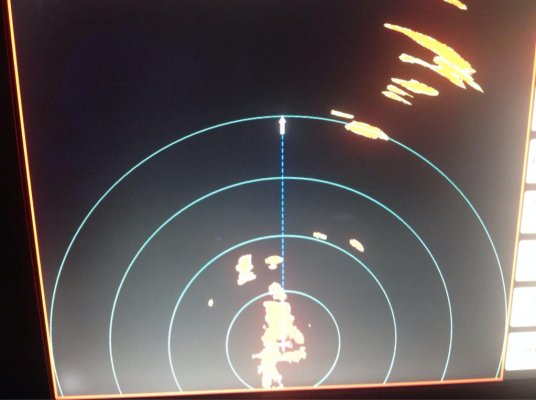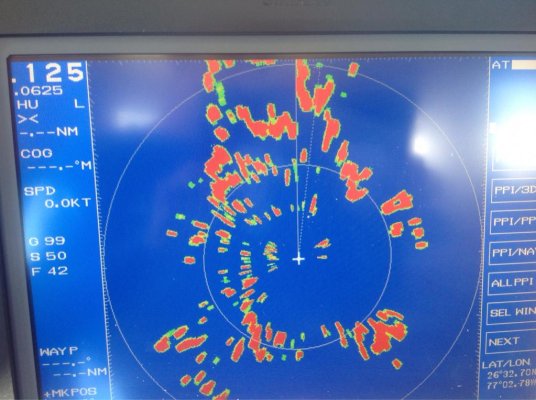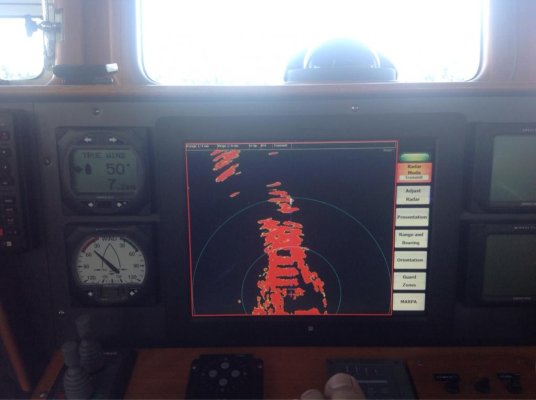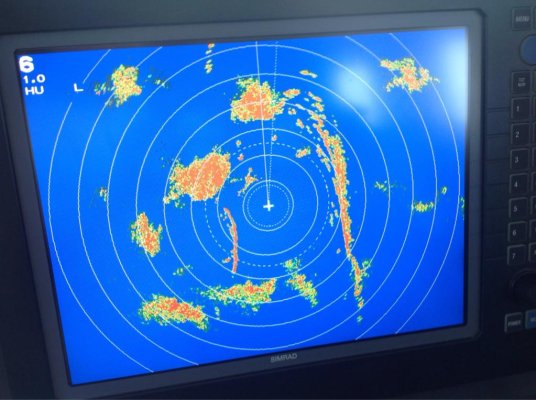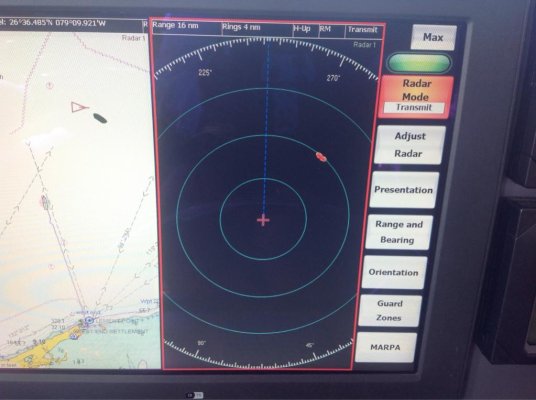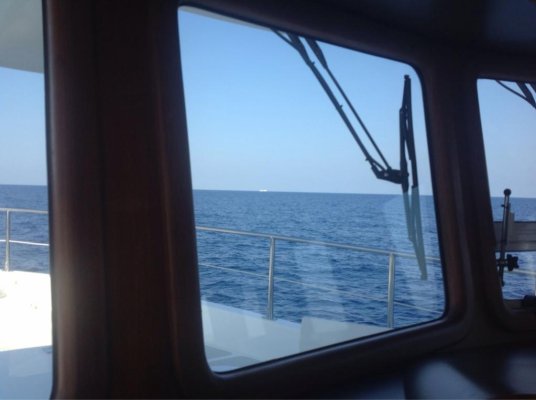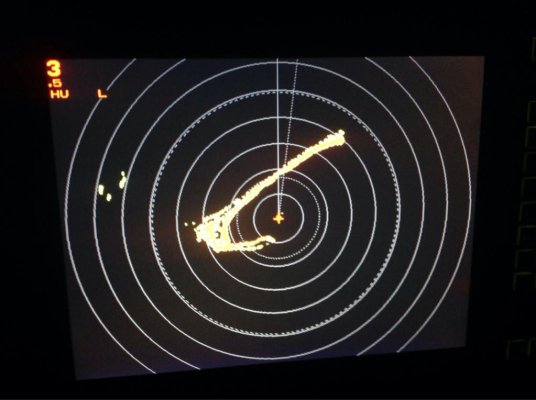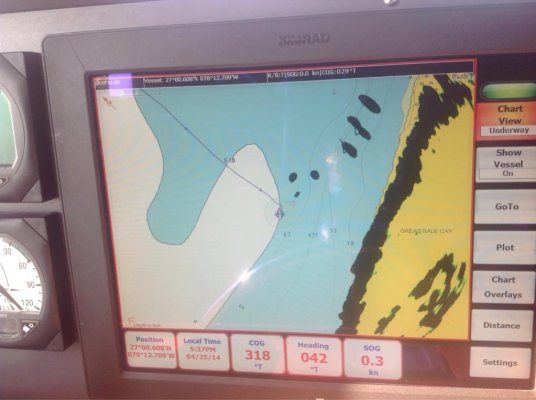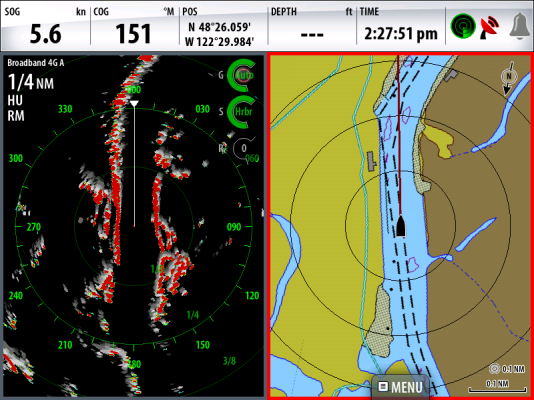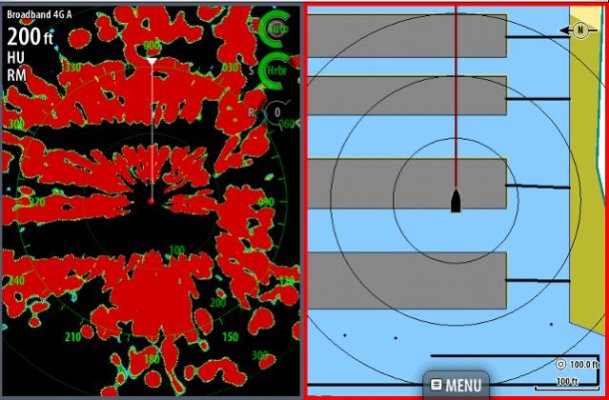HenryD
Senior Member
- Joined
- Dec 16, 2012
- Messages
- 477
- Location
- USA
- Vessel Name
- Seven Tenths (sold)
- Vessel Make
- Mirage / Great Harbour 47
Hello Electronic gurus
I have a Koden radar for my PC based Chartplotter and am considering installing a Simrad 4G radar with their NSO evo2 plotter. I have seen conflicting comments about running two radars at the same time. Since they are different technologies - what say those who know?
Cheers,
I have a Koden radar for my PC based Chartplotter and am considering installing a Simrad 4G radar with their NSO evo2 plotter. I have seen conflicting comments about running two radars at the same time. Since they are different technologies - what say those who know?
Cheers,



